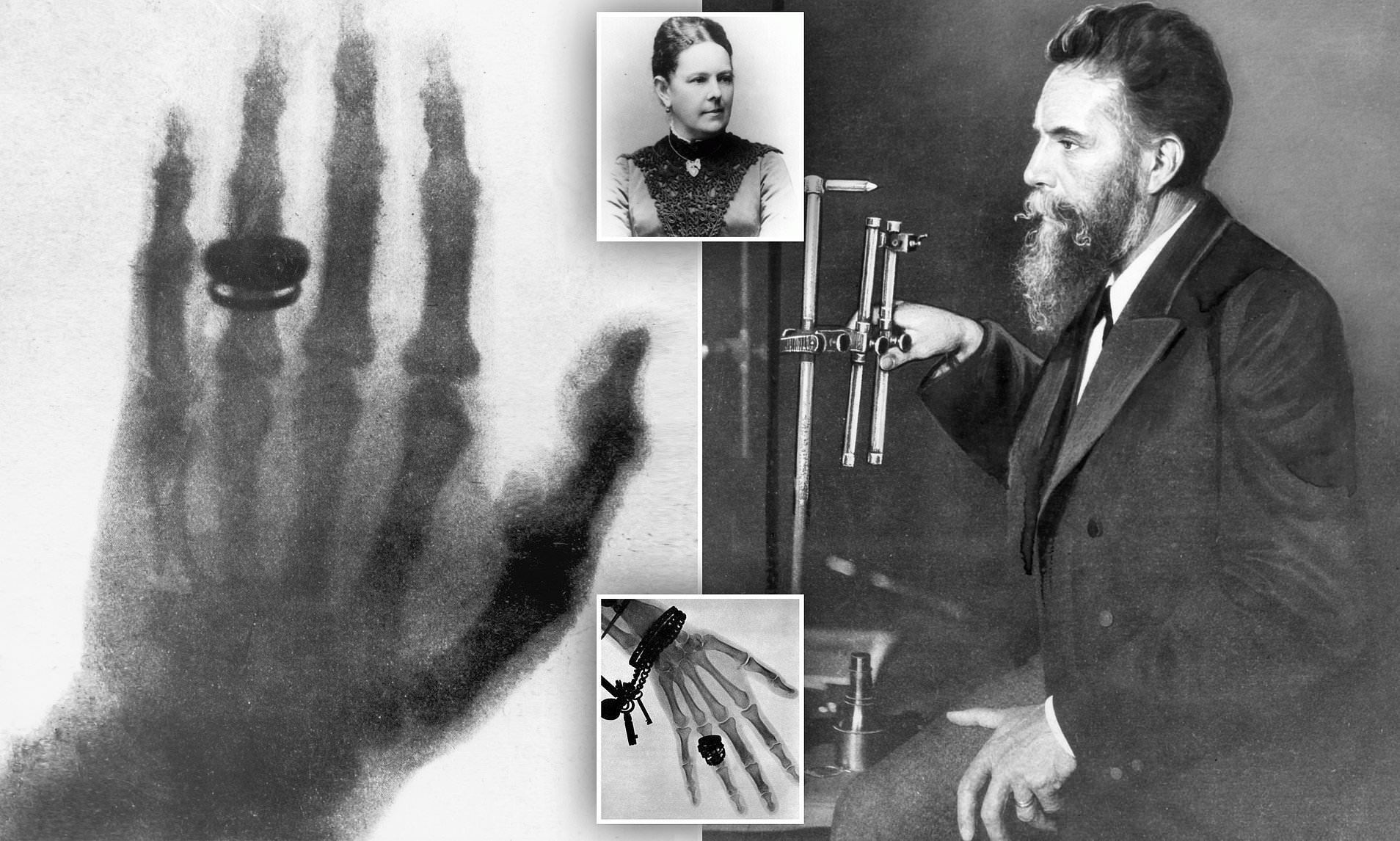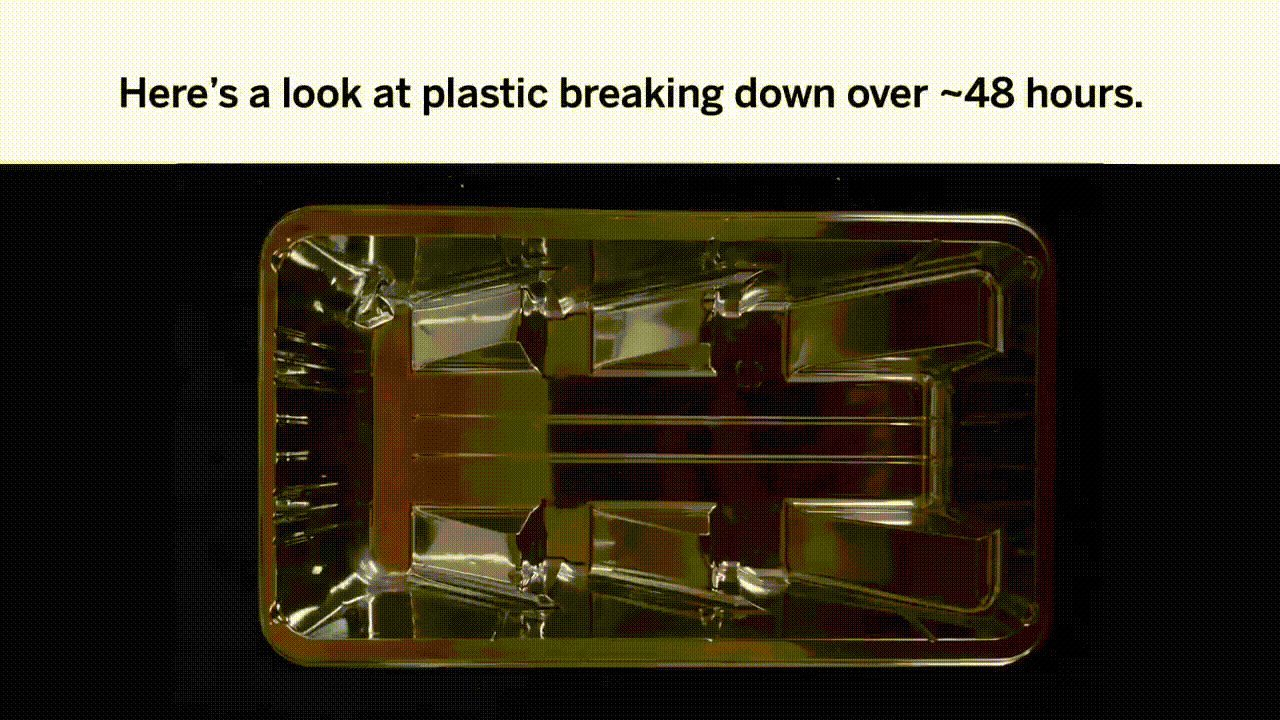Inventions often come from unexpected sources and may initially be perceived as failures or wrong attempts. However, these accidental discoveries can lead to valuable advancements in technology and benefit humanity. In post №10, we will explore three particularly intriguing examples of such inventions:
- Viagra?
- X-rays?
- Plastic eating enzymes❌?
Let’s take a closer look and examine them in detail.
Congratulations! As this blog follows the brevity principle(quality of being brief), you are at the second level!?
Viagra?
In 1989, British scientists Peter Dunn and Albert Wood at Pfizer Pharmaceuticals developed a drug called sildenafil citrate, which they believed could potentially be used to treat high blood pressure and angina, a chest pain associated with coronary heart disease. In 1991, Dr. Nicholas Terrett, was named in the British patent for sildenafil citrate, also known as Viagra, as a medication for the heart. He is also widely considered the “father” of Viagra.
The drug was first tested in a small Welsh hamlet as a treatment for angina, but it was found to be ineffective in treating the disease. Though it did not help with the existing problem, the men taking part in the study refused to give up their medicine.

They reported an unexpected side effect – improved blood flow as a solution to erectile dysfunction. This discovery led Pfizer to repurpose the drug as a treatment for erectile dysfunction, and in 1998, Viagra was approved by the FDA and released to the public.
As we see, what initially seemed like a failed treatment for angina accidentally became a billion-dollar product and the world’s most popular blue pill.
Wow, you are at the third level. Let’s play a game!? I bet you will read till the end.? The show must go on!?
X-rays?
While conducting experiments on cathode ray tubes in his laboratory in Würzburg, Germany in 1885, physicist Wilhelm Conrad Röntgen made an unprecedented discovery. As he worked, he noticed an strange glow emanating from a chemically coated screen, which caught his attention. To investigate further, he placed his hand in front of the glow and was amazed to see an image of his bones projected onto the screen. Capitalizing on this breakthrough, he immediately captured the image using a photographic plate, thus creating the first X-ray in history.
On January 5, 1896, physicist Wilhelm Conrad Röntgen published his revolutionary findings, which included the disrupting image of the bones in his wife’s hand. The publication of these findings was met with widespread acclaim and praise.

In recognition of his pioneering discovery, Röntgen was awarded the first Nobel Prize in Physics in 1901.
Röntgen’s X-rays, with their ability to penetrate solid objects, would go on to have a profound impact on a wide range of fields, including medicine, archaeology, and astronomy. The technology revolutionized the way doctors diagnose and treat injuries and illnesses, and continues to play a vital role in modern medicine. Additionally, X-rays have been used to uncover hidden details in ancient artifacts, and have even been used to study distant celestial bodies.
Plastic eating enzymes❌?
In 2016, a team of scientists in Japan made a groundbreaking discovery when they found a strain of bacteria that could break down plastic. Specifically, the organisms possessed two enzymes – PETase(polyethylene terephthalate hydrolase) and MHETase(Mono-2-hydroxyethyl hydrolase) – that helped them decompose PET plastic, commonly used in soft drink bottles, within weeks.
Two years later, in 2018, the international team of scientists set out to study the enzymes further, but during their research, they accidentally improved the PETase enzyme. The team found that their modifications had made the enzyme even more efficient at breaking down PET plastic. In 2020, the team made further enhancements, developing a “super enzyme” that could break down plastic six times faster than the original enzyme.

The discovery of these enzymes couldn’t be more timely as the world faces an urgent plastic pollution crisis. This breakthrough has the potential to greatly impact the future of our planet.
In conclusion, accidental inventions have played a crucial role in shaping the technology trajectory of the world. These discoveries, often made by scientists and inventors who were working on something else, demonstrate the importance of serendipity and the power of curiosity and experimentation in driving technological progress. It is important to remember that these inventions are not only the result of hard work and persistence but also as a result of a creative and open mindset.
I hope this blog post has provided you with some useful knowledge. Thanks!
Congratulations! You nailed it! I hope you find it useful. Have a pleasant day?

References:
- https://www.xprize.org/articles/ten-major-breakthroughs-that-were-happy-accidents
- https://news.utexas.edu/2022/04/27/plastic-eating-enzyme-could-eliminate-billions-of-tons-of-landfill-waste/
- https://en.wikipedia.org/wiki/MHETase
- https://en.wikipedia.org/wiki/PETase
- https://www.goethe.de/prj/mis/en/mit/tte.html
- https://www.dailymail.co.uk/news/article-6491287/Roentgens-human-X-ray-wifes-hand-1895.html
- https://edition.cnn.com/2013/03/27/health/viagra-anniversary-timeline/index.html#:~:text=Take%20a%20look%20back%20at,is%20classified%20as%20UK%2D92480.
- https://www.rd.com/list/10-accidental-discoveries-put-to-good-use/
2 replies on “How accidental inventions shapes technology”
Thank you for sharing all the details!!! I really appreciate them!” “Your posts/blogs are always humorous. I enjoy this a lot.” briansclub
Thanks for your comment! I am glad you enjoyed it! ?